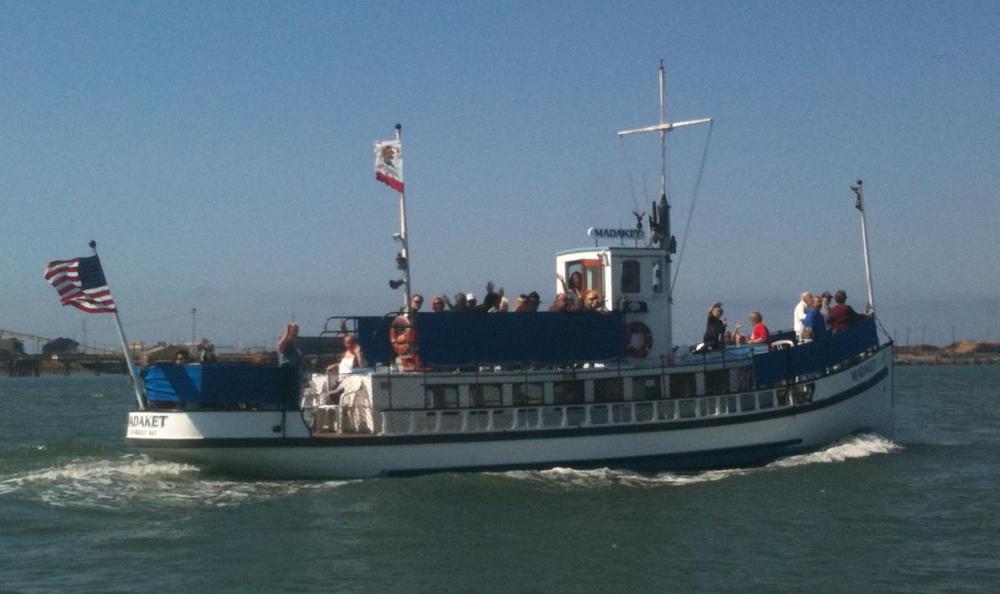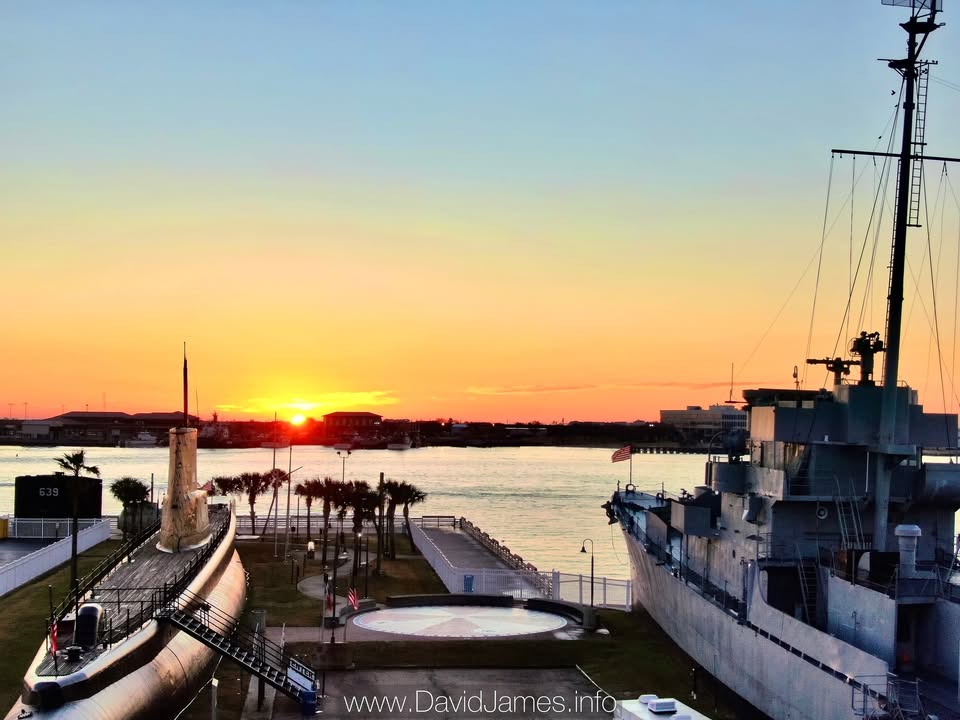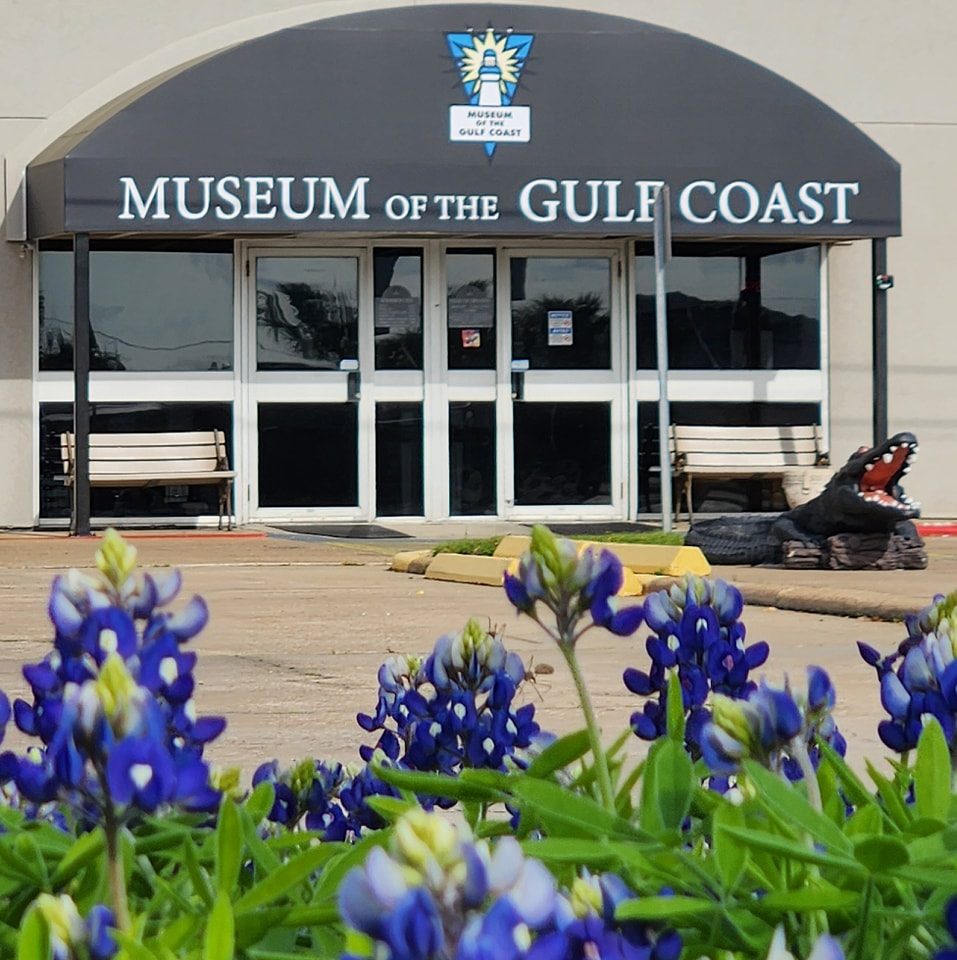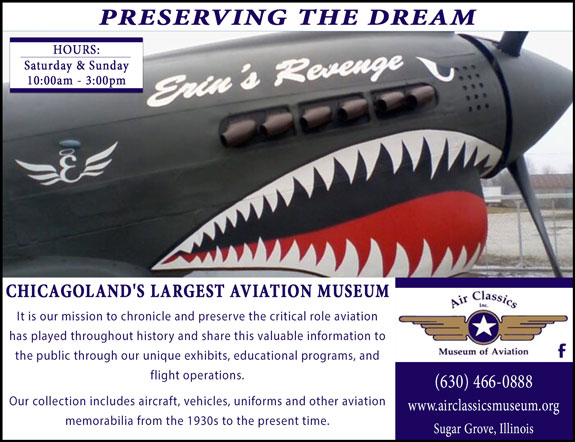Museum Guide News
Museum Guide News
Mesalands Community College’s Dinosaur Museum and Natural Sciences Laboratory opened to the public in May of 2000.
The Museum receives approximately 5,000 visitors each year and our guests represent all 50 states and over 40 foreign countries. Guests to the Museum return year after year to see the changes, improvements, and new exhibits that our staff is continually planning and completing.
The Exhibit Hall at the Mesalands Community College’s Dinosaur Museum houses a host of replicated and original fossils from tiny footprint casts to the 40′ long skeleton Torvosaurus, a rare carnivore relative of Tyrannosaurus rex which hails from the Jurassic period.
The Museum’s focus is on the Mesozoic period, which is also known as ‘The Age of Dinosaurs.’ The Mesozoic is comprised of the Triassic, Jurassic and Cretaceous periods. The museum cultivates specimens from exclusive local dig sites. Guests are able to view Paleontology students and the curator preserve specimens through a viewing window located in the exhibit hall. Witness history as it’s uncovered and assembled in the laboratory.
The museum also boasts an impressive collection of minerals from all over the world. These are displayed in the exhibit hall and sold in the gift shop.
We welcome you to learn more about our Dinosaur Museum and Mesalands Community College, by clicking our website! https://www.mesalands.edu/community/dinosaur-museum/
Mesalands Community College’s Dinosaur Museum222 East Laughlin Street - Tucumcari, NM (575) 461-6627
Crazy Horse Memorial and Military Veterans
Since the first blast on the mountain on June 3, 1948 there has been a relationship between the Crazy Horse Memorial and military veterans and especially Native American veterans. First you would have to look at the personal history of one of the founders of the Memorial, Korczak Ziolkowski, a noted sculptor who worked on Mt Rushmore in 1939 and won first place at the Worlds Fair in 1939 for his sculpture of Paderewski. He volunteered at the age of 34 for the Army in 1943 and three days after D-Day landed on Omaha Beach Normandy where he was wounded. The military experience and sacrifices of so many had a profound effect on Korczak and to this day admission to the Memorial is waived for active duty military, Native Americans, Boy Scouts in uniform and local county residents.
In 2000 Ruth Ziolkowski approved a new program to allow veterans of the local VA hospital in Hot Springs, SD to work at the Crazy Horse Memorial and Korczak’s Heritage through a compensatory work therapy program. It is a beneficial program for both the veterans and the Crazy Horse Memorial and Korczak’s Heritage and numerous veterans have participated in the program to present date.
Another program that started in the local Custer, SD area occurred in 2011 with the new non-profit Operation Black Hills Cabin to say thank you to any 30% minimum Combat Injured veteran from any post-9/11 military operation and his immediate family for a one-week respite in a cabin in Custer free of charge. Crazy Horse Memorial and Korczak’s Heritage have offered waived admission, a meal at the Laughing Water Restaurant, and a bus to base tour to the average 17 families each summer. Since 2011 178 families from 37 states have been guests of the Operation Black Hills Cabin. Since 2015 Terry DeRouchey, also a military veteran, has collected van ride tickets donated by Storytellers each year to be able to take the veteran and his immediate family for a trip of a lifetime to the top of the mountain carving. Thanks to the generosity of Storytellers he has been able to take all combat injured veterans and their families as part of the Operation Black Hills Cabin to the top.
Thanks to efforts of Visitor Services staff, groups from Wounded Warriors and Sheepdog Impact organizations had the opportunity to take a trip of a lifetime to the top of the mountain carving the last three years .
The tribute to the accomplishments and sacrifices of Native American veterans came about in 2019 when a different Native American veteran was honored each week at Crazy Horse Memorial and where all veterans are recognized. American Indians per capita have had the highest percentage of their people in military service exceeding every American ethnic group. Make sure to visit us online too: https://crazyhorsememorial.org/
The Forney Museum of Transportation, in Denver, CO began as the private collection of Mr. J. D. Forney of Fort Collins, CO. https://www.forneymuseum.org/index.html
From an early age Mr. Forney had an interest in cars, airplanes, and all modes of transportation. He was born in Enid, Oklahoma on January 27, 1905
Today the Forney Museum of Transportation is a one-of-a-kind collection of over 800 artifacts relating to historical transportation. It began 67 years ago with a single 1921 Kissel, but soon expanded to include vehicles of all kinds. Today it includes not just vehicles, but also buggies, motorcycles, steam locomotives, aircraft, carriages, rail equipment, fire apparatus, public transportation, sleighs, bicycles, toys & diecast models, vintage apparel and much, much more!
Our collection highlights include: Pre-War Chevrolets (temporary exhibit), Union Pacific 'Big Boy' Steam Locomotive #4005, Amelia Earhart's 1923 Kissel 'Gold Bug' Kissel Car. We also feature the Forney Locomotive, Colorado & Southern Caboose, 1923 Hispano-Suiza, 1927 Rolls-Royce, 1913-53 Indian Motorcycle Collection, Denver & Rio Grande Dining Car, 1888 Denver Cable Car, 1923 Case Steam Tractor, 1817 Draisenne Bicycle, 500 Piece Matchbox Collection, and more! The Museum is fortunate enough to offer rotating exhibits every 3-4 months! The Forney Museum also has many scheduled events throughout the year, please click below and check them out! https://www.forneymuseum.org/events.html
Make a point to come see us this year, as we celebrate the 70th Anniversary of Thunderbirds! We are also having a fundraiser raffle, with the winner winning a brand new Corvette! Check out the details: https://www.tapkat.org/the-forney-museum-of-transportation/19xv3E
Located just 5 minutes from the heart of Downtown Denver, the Forney Museum is also an event venue in Denver. We provide your guests with a unique and memorable experience. Event Rental Venues in Central Space. Place your party right in the middle of our historic collection! This space can easily accommodate a dance floor, DJ, catering, and auction tables. The space will be sized to best fit your guest count- from 50 people up to 500 seated, and even more cocktail style. https://www.forneymuseum.org/MeetingRooms.html
Next time in you're in Denver come check us out for a history in the transportation industry you’ve never seen before!
The humboldt bay maritime museum was founded in 1977. William Zerlang, a long time collector of marine artifact, and a group of colleagues sought to establish a local museum to preserve the rich maritime heritage of the entire humboldt bay region. Today the museum serves members, visitors and researchers throughout the nation.
The Mission - The museum seeks to identify, collect, preserve and interpret artifacts, photographs, library archives and materials relating principally to the maritime history of california's north coast. we also strive to promote, educate, and assist the public in understanding and appreciating maritime heritage and local culture
Special Collections - With over 20,000 digitally scanned photographs, art and other paper mediums, artifacts donated and collected over a period of decades, including, but not limited to shipwreck artifacts, 4th order fresnel lens and small skiffs. the museum owns two Floating vessels. the 1910 motor vessel madaket, which has been lovingly restored and is coast guard certified to carry passengers. The second is the 1917 fishing vessel stephanie which is undergoing restoration. From shipwrecks to shipbuilding to lighthouses to ferry launches to first explorers to ship models, the museum has something for everyone!
After visiting the museum take a 75-Minute Narrated Cruise! Step Aboard! Learn the history of Humboldt Bay during an 8.5-mile cruise along the shores of the bay while the captain explains local history, industries, activities, points of interest and wildlife. Seals are sure to be seen along with migratory birds, the Fishermen's Statue and the iconic Carson Mansion. https://humboldtbaymaritimemuseum.com/madaket-cruises.html. So come visit us soon when in California and learn about the historic Humboldt Bay in Samoa, CA. MUSEUM HOURS: Wednesday - Sunday 9:00 am to 4:00 pm. https://humboldtbaymaritimemuseum.com/index.html
The Vintage Automobile Museum of New Jersey was incorporated in 2000. At first, it consisted of a group of passionate collectors who liked to talk cars. Although they didn't yet have a building, they knew they wanted to share their love of automotive history with the community and to recognize automobiles' monumental impact on the world.
Today, The Vintage Automobile Museum of New Jersey's primary goal is to provide an educational and entertaining family attraction that preserves, shares, and takes pride in the automotive heritage that truly shaped the growth of our state, our country, and indeed the entire world. We are proud to serve New Jersey as the state's only public car museum. Admission is always free because we believe that everyone should be able to share in the joy of cars.
In 2013, thanks to the community's support and a lot of hard work, we were able to secure a building in Point Pleasant, NJ, where we could finally provide a permanent location that anyone could visit.
The Museum is staffed by volunteers from all throughout Ocean and Monmouth Counties, NJ. We love cars as much as you do, and we are thrilled to be able to enjoy them together with you! For more info about volunteer opportunities with the museum, please see the membership page.
The museum has housed countless vehicles over the years, ranging from the groundbreaking Model Ts of the early 20th century to the muscle cars of the '60s and '70s. Vehicle owners include the museum organization, the museum's trustees, donors, and local car clubs. To view all of our cars in the museum check out our gallery: https://vamnj.org/gallery/
Different vehicles are brought in every 2-3 months, allowing you to learn about all eras of automotive history. Sometimes, there will be special exhibitions that disrupt the regularly scheduled rotation of vehicles. For example, we might randomly host an all-British car display for a month. Visit often to see all the amazing vehicles the museum has to offer!
We are located a short drive from the Garden State Parkway, near Route 35. Our museum is wheelchair-accessible, and we are committed to ensuring all visitors have a comfortable experience. Please let us know if you have any special needs or require additional accommodations.
Museum hosts are experienced volunteers, so feel free to ask questions while you're here! We recommend calling ahead, as the museum may be closed during inclement weather or when a host is unavailable. We look forward to seeing you! 732-899-0012. https://vamnj.org/visit/
Battleship Cove has been providing the preservation of both the military heritage of the New England region and that of the United States since 1965. A non-profit memorial and museum located in Fall River, Massachusetts, veterans, families, schools, Scouts, and interested visitors from around the world have walked the decks of these historic vessels and viewed the legendary aircraft on display.
With Five National Historic Landmark US Naval ships and other craft, Battleship Cove is America's Fleet Museum. You will experience firsthand what it was like to serve on board a Navy warship in WWII and the Vietnam War era.
Beyond the history of these vessels is courage, honor, and patriotism that we invite you to learn more about as you explore how our military personnel served our nation! While America's Fleet Museum has been known for decades for our historic naval ships, our fleet of aircraft are both iconic and prominent in American aviation. Centered on helicopters, our collection includes two Vietnam War combat veterans and two of the first drone unmanned aerial vehicles used by the military!
Battleship Cove presents and maintains a diverse number of exhibits to complement our ships, aircraft, and mission. We are always expanding and updating these displays to enhance our educational outreach and to provide the visitor with a fun learning experience. Some of our exhibit highlights include: National PT Boat Museum, As home to the National PT Boat Museum, Battleship Cove displays the world's largest collection of PT boat artifacts and memorabilia. Admiral Arleigh Burke National Destroyer Museum: USS Joseph P. Kennedy, Jr. is home to the Admiral Arleigh Burke National Destroyer Museum. Here's a link to more exhibits and inforamtion: https://www.battleshipcove.org/exhibits
We also have a number of events coming up this year – for a full calendar click here: https://www.battleshipcove.org/events. You also have an opportunity to schedule event with us too!
We invite you to learn more about these aircrafts, ships and experience them in person! The Battle Ship Museum is a unique destinatiin for all ages and famililes. We look forward to seeing this year! https://www.battleshipcove.org/
Top five reasons to visit the EAA Aviation Museum™ in Oshkosh, WI!
Walk through aviation’s history. The restoration, preservation, and operation of vintage aircraft have been part of EAA since the very beginning. Discover airplanes used in aviation’s early days, including a tribute to the Wright brothers. Get close to classic aircraft and antique artifacts.
Explore military aviation. The Eagle Hangar is a massive hall of aircraft and artifacts dedicated to the memory of those who served in World War II, Korea, and Vietnam. The airplanes include examples of Allied fighters and bombers, Army, Navy, and Air Force aircraft, and more.
Discover aviation’s innovators. The Innovations Gallery highlights the airplanes and their pilots who have broken dozens of world records. See Loving’s Love, an air racer that was designed and built by WWII veteran and double amputee Neal V. Loving. Get close to the full-size animated replica of SpaceShipOne, an experimental, private spacecraft that made three successful spaceflights.
Observe the beauty of flight. Aviation is made up of more than airplanes and pilots. Photographers and artists have been part of the world of aviation from the beginning. Throughout the museum, there are historic photographs and works of art!
Have fun with the whole family. Bring out your inner child in the Kid Venture Gallery, where you can enjoy a variety of interactive activities and exhibits. The centerpiece of this area is the Raptor Gallery, which focuses on some of the remarkable features of the world’s most advanced aircraft, the F-22 Raptor, and offers the opportunity to climb into the cockpit of our half-scale mockup!
We look forward to welcoming you soon! EAA Aviation Museum is located at, 3000 Poberezny Rd., Oshkosh, WI - https://www.eaa.org/eaa-museum
The National Museum of Civil War Medicine, located in the heart of historic downtown Frederick, Maryland, is just one of three different museums operated under the same umbrella.
In Frederick at the main Museum, visitors will learn how the innovation of Civil War medicine impacts the present day. The Clara Barton Missing Soldiers Office Museum, located in Northwest Washington, DC, is the wartime home of Clara Barton. From her boardinghouse, she brought medical supplies to the front lines during the Civil War and led the search for missing soldiers after the conflict. The Pry House Field Hospital Museum is located on Antietam National Battlefield. Visitors to the Pry House can see an original Civil War field hospital, the civilian impact of Civil War battles, and the site of one of America’s medical turning points.
Explore downtown Frederick’s storied past with our signature walking tours. Every Saturday and Sunday from April – September, walking tours of Frederick’s hospital sites will be available at 10:30 a.m. on Saturdays and 2:00 p.m. on Sundays. Walking tours last for an hour to an hour and a half. With accounts taken from the diaries and letters of the surgeons, soldiers, and civilians who were there, this guided walking tour will explore the locations of the city’s Civil War hospitals in churches, schools, and public buildings. This program is an excellent way to take in downtown Frederick as many of those same buildings still make up the historic district today.
Throughout the American Civil War, Frederick, Md., played a vital role for both Union and Confederate armies. Soldiers marched beneath the “Clustered Spires” on their way to battles at Antietam, Gettysburg, and Monocacy. The “One Vast Hospital” tour focuses on the wreckage left behind.
At any given time, the National Museum of Civil War Medicine can display a small fraction of the 5,000+ artifacts in our collection. The “Artifacts Revealed” series highlights objects from the collection that are rarely on display. Beyond offering a special glimpse of our artifacts, the videos offer a snapshot of the exciting, interesting, and unusual stories we tell at the museum. For example, most people never consider that brain surgery was even attempted during the Civil War, but the video focused on the trephine changes that perception in a little more than one minute. Changing perceptions, whether in the museum or online, can easily lead them to further discoveries about how Civil War medicine changed the world.
We encourage you to visit our museum and see our collection, that in ways would have been unimaginable only a few years ago. The museum has been tasked with stewardship of these priceless artifacts and we utilize them to tell the story of medical care in our nation’s bloodiest conflict. “Artifacts Revealed” represent our latest, evolving efforts to tell an important national story through digital means and encourage visitors to trek to the “Crossroads of War” – Frederick, Maryland.
We look forward to seeing you this year – check us out online for more information: https://www.civilwarmed.org/
Since 1999, the Cavalla Historical Foundation assumed oversight of the Galveston Naval Museum and its mission to restore, maintain and operate USS Cavalla, USS Stewart, the sail of the USS Tautog (SSN-639) and the conning tower of the USS Carp (SS-338).
The Galveston Naval Museum, rich in history houses a captivating artifact collection, featuring restored vessels, vintage products and machinery, and weaponry. Each item tells a story of naval history, taking visitors on a journey through time, honoring bravery and ingenuity of sailors.
Step into the annals of history at the Galveston Naval Museum. Nestled in the heart of this vibrant coastal city, our historic venue offers a unique and captivating setting for your special event as well. Hosting your gathering amidst the backdrop of beautifully preserved naval vessels pays tribute to the historical sacrifices that allow us to be here today. The sea breeze and stunning views further enhance the ambiance, reminding us of the resilience and dedication that have shaped our world. Whether it's a corporate function, a special celebration, or a memorable gathering, our team is dedicated to ensuring your event is truly exceptional. Join us at the Galveston Naval Museum, where history comes alive, providing the perfect backdrop for timeless memories.
We also offer sleep overs! Sleep in the same quarters where sailors bunked 75 years ago aboard the USS Stewart. Come take an exclusive private tour and learn the science of ships, the importance of preservation and the heritage of our nation’s military. Complete your assigned mission and become an honorary ensign.
The Museum is COMMEMORATING 100 YEARS OF HONORING VETERANS! In 1919, President Wilson marked the first celebration of Armistice Day, making it a National Holiday. Honor your favorite Veteran this year by making a $25 donation in their name by clicking the button below. The Veteran's name will appear on our Veteran Honor Roll. https://www.galvestonnavalmuseum.com/veterans
So, when you’re in Galveston or in the area check us out and all we have to offer our patrons – “From harm’s way to historic” you don’t want to miss the history we display in our museum! We're open every day from 9am - 6pm: (409) 770-3196 https://www.galvestonnavalmuseum.com/
Museum Address: 100 Seawolf Parkway, Galveston, Texas
In early 1959, the Gates Memorial Library in Port Arthur, TX acquired important historical items, including the first American flag to fly over Port Arthur.
At that time the need for a Museum was evident to many people. In 1964, the State of Texas chartered the Port Arthur Museum. The Museum soon outgrew its location and was moved to the Merchant’s National Bank. In 1980, it was relocated again to a wing of the Gates Memorial Library, but that space quickly filled as well.
So, in 1987, the Board of Directors adopted a plan to broaden the scope of the Museum to encompass the entire Gulf Coast region. By 1990, the Society had acquired the present Museum building. Built in 1963, it had formerly served as the First National Bank. Permanent Exhibits occupy the first two floors, The Museum houses its collections in the bank’s formidable vaults. Between 1991 and 1994, the bank was renovated and Southwest Museum Services began installing exhibits. The Museum of the Gulf Coast opened its doors on July 2, 1994.
Today - with an increasing emphasis on educational outreach, the Museum hosts thousands of children for school tours, programs, and a summer camp focusing on environmental stewardship. The Museum also offers “Family Fun Days." In addition, the Museum serves as a resource for archival documents and photographs for academic researchers as well as local, national, and international media (link to collections).
The Scope of Exhibits cover 39,000 square feet, containing many exhibits which capture the essence of life along the Upper Gulf Coast. Visitors marvel at the 125-foot mural depicting the area's history from the prehistoric era to the discovery of oil at Spindletop.
The Hall of Fame galleries highlight local musicians, athletes, and notable people who have achieved national or international recognition such as Janis Joplin, the Big Bopper, Jimmy Johnson, Karen Silkwood, actress Evelyn Keyes, and artist Robert Rauschenberg. The museum also includes a wide variety of temporary exhibitions in the Dunn Gallery. https://www.museumofthegulfcoast.org/halls-of-fame
To learn about the Museum of the Gulf Coast and the coast’s rich history visit us soon and check us out online: https://www.museumofthegulfcoast.org/
Address: 700 Procter St., Port Arthur, TX 77640 (Parking & Entrance in back)












